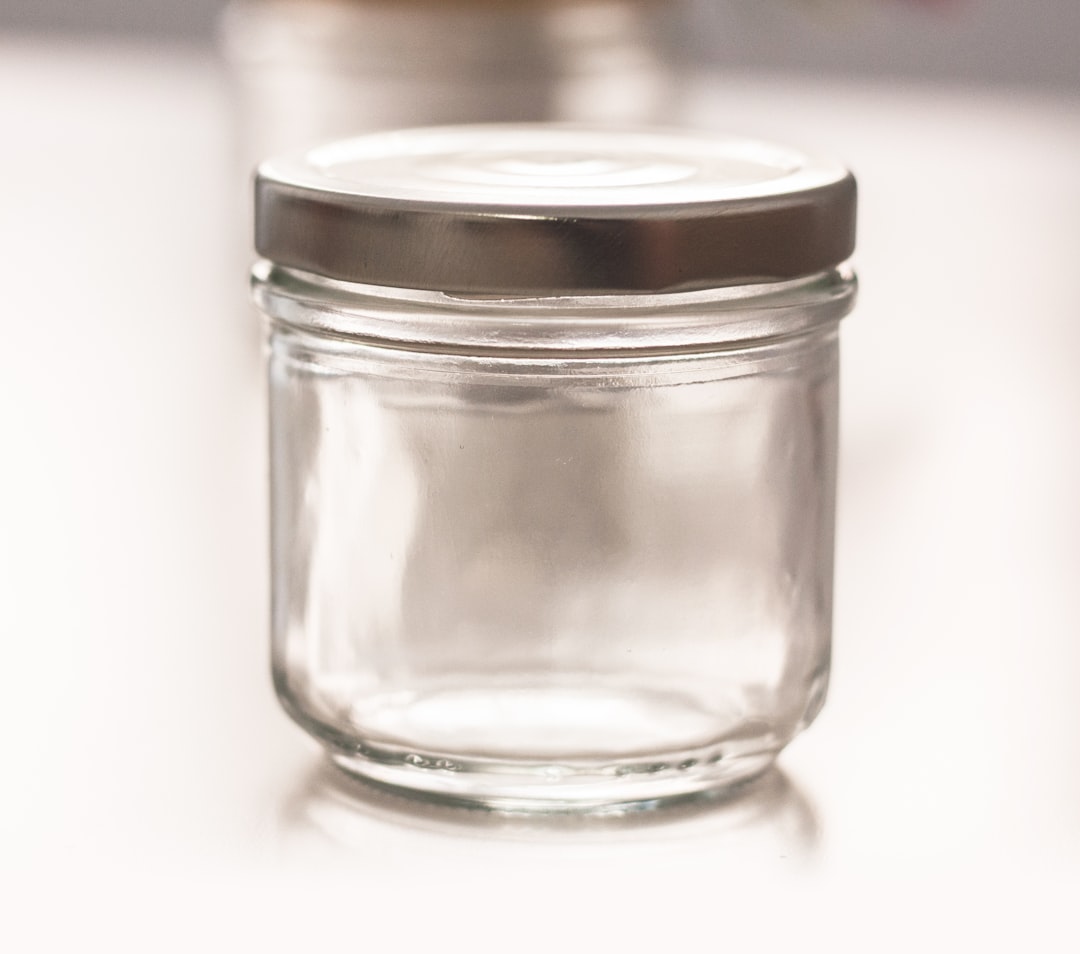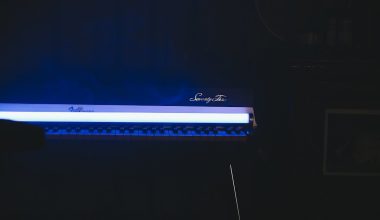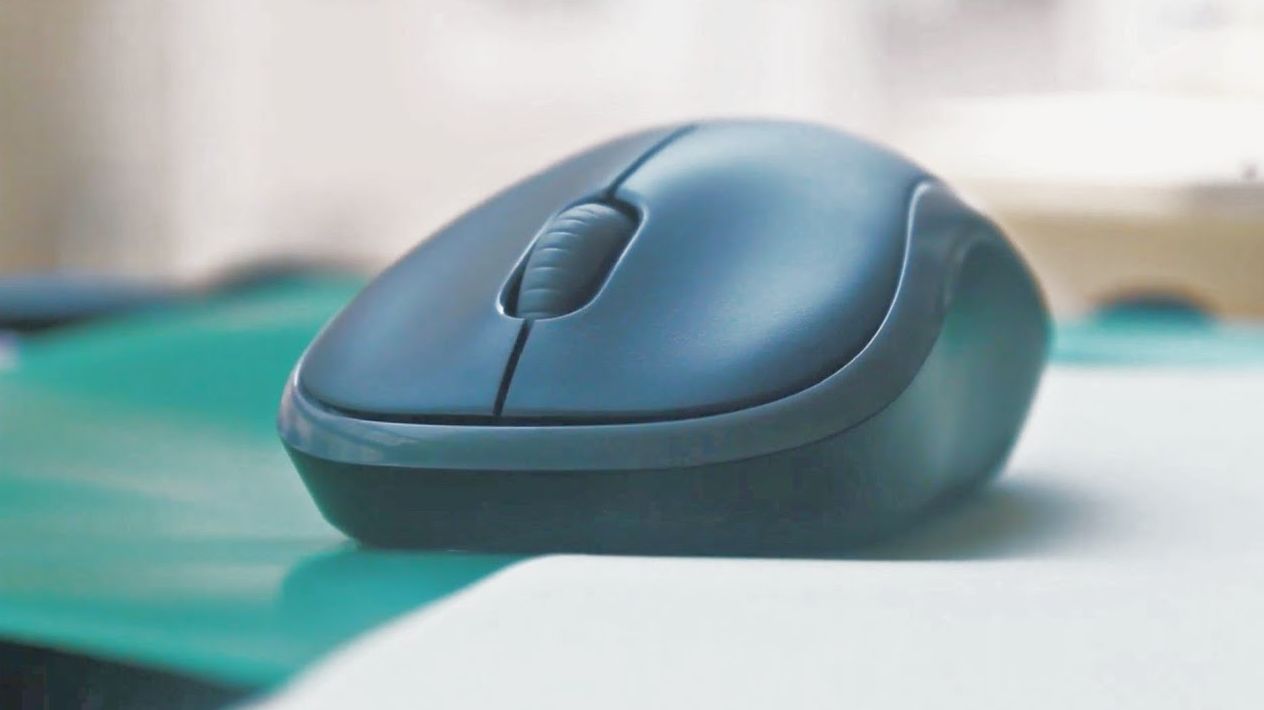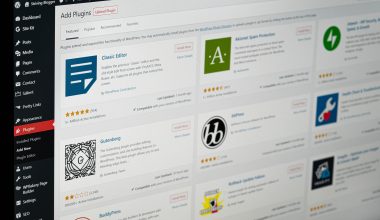Online marketplaces have made it easy for anyone to sell almost anything. But not every seller plays fair. Some hijack listings of trusted brands and trick customers by selling fake or expired products under the same listing. That’s where brand gating and smart packaging come in. Brands have fought back—and here’s how they did it.
TLDR (Too Long; Didn’t Read):
Brands were dealing with shady sellers hijacking their listings on platforms like Amazon. These hijackers would use loopholes to get automatically approved to sell gated products. To stop them, brands updated their packaging in creative ways that helped prove authenticity and block unauthorized sellers. It’s a clever mix of tech, packaging design, and smart strategy.
What’s “Ungating” and Why Should You Care?
Before we dive into the packaging magic, let’s break down what “gating” means.
- Gating: It’s when a product page is restricted, so only approved sellers can list on it.
- Ungating: When a seller gets permission to list on that page.
Brands use gating to protect themselves from counterfeits, bad customer experiences, and damage to their name. But some sellers found ways to bypass this system.
The Problem: Auto-Ungating Hijackers
Sellers discovered they could auto-ungate by submitting invoices or retail packaging photos from generic stores. Platforms often couldn’t tell if those were legit or not. So, shady sellers slipped right through the cracks.
Once in, they’d piggyback on the existing listing, flood it with knockoffs or expired goods, and steal the sales. Worse, customers would leave bad reviews that hurt the original brand’s reputation.

This became such a big headache that honest brands had to get creative.
The Ingenious Fix: Smart Packaging Updates
Instead of fighting hijackers with paperwork or endless reports, some brands updated their product packaging strategically. Here’s how this helped slow down—and even stop—unauthorized sellers in their tracks:
- Step 1: Change the packaging design
Brands updated labels, logos, and other packaging elements to reflect a new version. - Step 2: Re-Gate the listing
They submitted photos of the updated packaging to Amazon (or other marketplaces) to reinforce the gating. - Step 3: Require new packaging to ungate
Now, new sellers had to show photos or invoices featuring the new packaging to gain approval.
And that’s where it got genius. Most hijackers didn’t have the updated packaging. They were stuck trying to sell old inventory, expired stock, or completely fake items. Which didn’t match. Boom—auto-ungating stopped working.
Packaging Changes That Actually Made a Difference
Brands got super creative. Here are some ninja-level moves they made with their packaging:
- Limited Edition Stickers: Prominently placed on boxes, impossible to ignore.
- Slight Color Tweaks: Like switching from white to ivory shades.
- Version Numbers: “Version 2.0” printed right on the label.
- QR Codes: Scannable bits that linked to the authenticity page.
- Holographic Seals: Sparkly and hard to replicate.
Each change was small on its own. But when added together, they made fake or outdated inventory stand out immediately.
Why It Worked So Well
Online marketplaces use AI and human reviewers to approve ungating requests. By linking listings to specific packaging, these systems could now tell whether a seller’s photos matched the current product. If not, the request was denied.
Even better, sellers who tried to list with old packaging faced increased scrutiny. Some got removed entirely for listing mismatched products. The trap was set—and it worked beautifully.
Real-World Examples (Without Naming Names)
Let’s say there’s a skincare brand selling face cream. Hijackers kept showing up and stealing the Buy Box. So the brand changed the jar lid from silver to rose gold, slapped on a “2024 Formula” sticker, and updated the product listing photos.
Then, they submitted everything for re-gating. From then on:
- Sellers had to send new invoices showing rose gold tops.
- Auto-ungating with the old silver-top photos? Rejected!
- Customer reviews for fake creams plummeted.

Another example: A supplement brand added QR codes to their bottles that doubled as authenticity verifiers and product info sources. If a reseller didn’t have the QR code bottle, Amazon knew something fishy was going on.
What Marketplaces Did to Help
Platforms like Amazon weren’t just sitting back during all this. They improved their systems to support this kind of product authentication. For example:
- They allowed brands to provide updated photos and details during ungating applications.
- They boosted their review teams with better AI tools for spotting mismatches.
- They cracked down hard on repeat hijackers by permanently suspending accounts.
So, the packaging changes weren’t just a sneaky trick—they were backed by improved platform policies, too.
It’s Not a One-Time Thing
One secret to this method? Keep updating your packaging every few months. Even a minor tweak—like moving the barcode—can reset the gate. It keeps hijackers on their toes and burns through their outdated inventory.
That means brands don’t just protect their listings once; they keep hijackers playing catch-up forever.
Extra Tips for Brand Owners
If you’re a brand wondering how to fight hijackers, here’s how to get started:
- Audit your listings: See where hijackers may have made it through.
- Update your packaging: Make a small but visible change.
- Re-submit to your marketplace: Include new photos and invoices.
- Monitor your Buy Box: Use tools like Helium 10 or Keepa to watch for sudden shifts.
- Repeat every quarter: Refresh your packaging regularly to stay one step ahead.
The Takeaway
Hijackers were using clever tricks, but brands outsmarted them with something as simple as a packaging update. By tying product authenticity to visible changes, sellers could no longer sneak through with outdated goods or fake invoices. It’s a smart, cost-effective way to win the war without endless support tickets.
So next time you open a product and see a shiny new label or a version sticker, know this: it might just be part of your favorite brand’s secret weapon against hijackers.
Simple change, huge impact.





